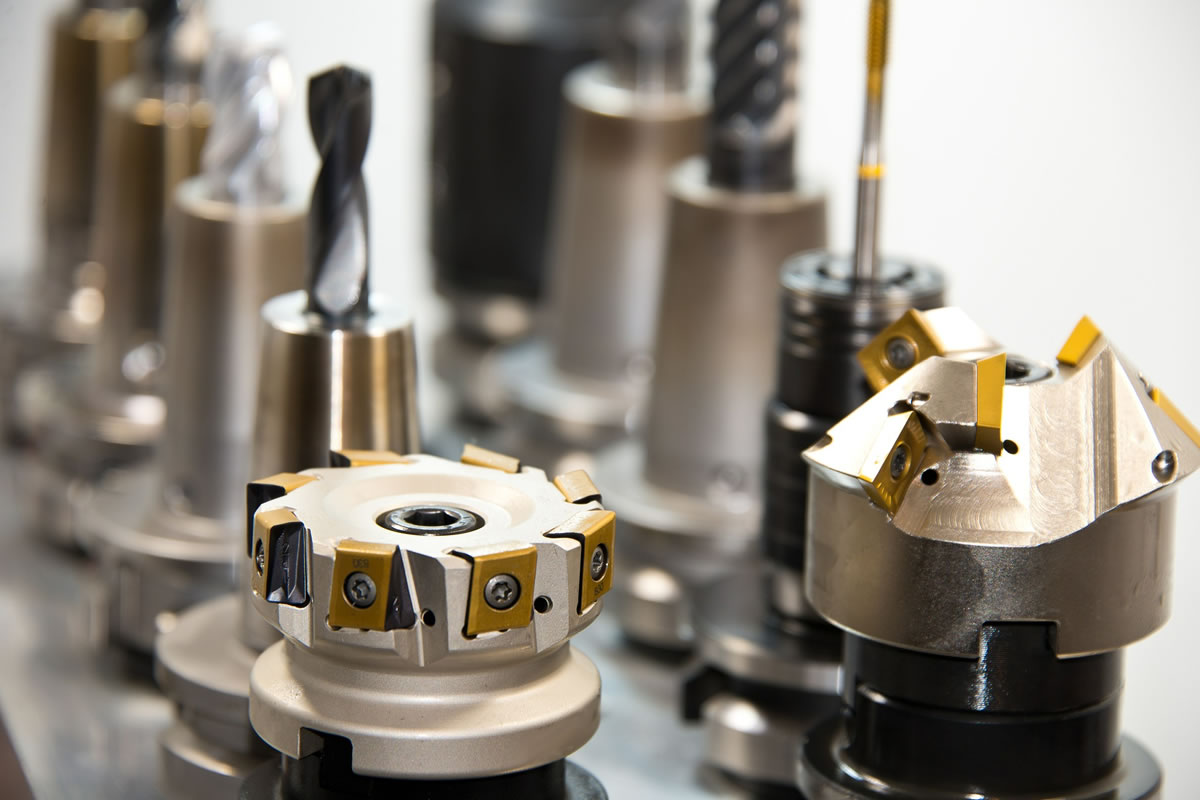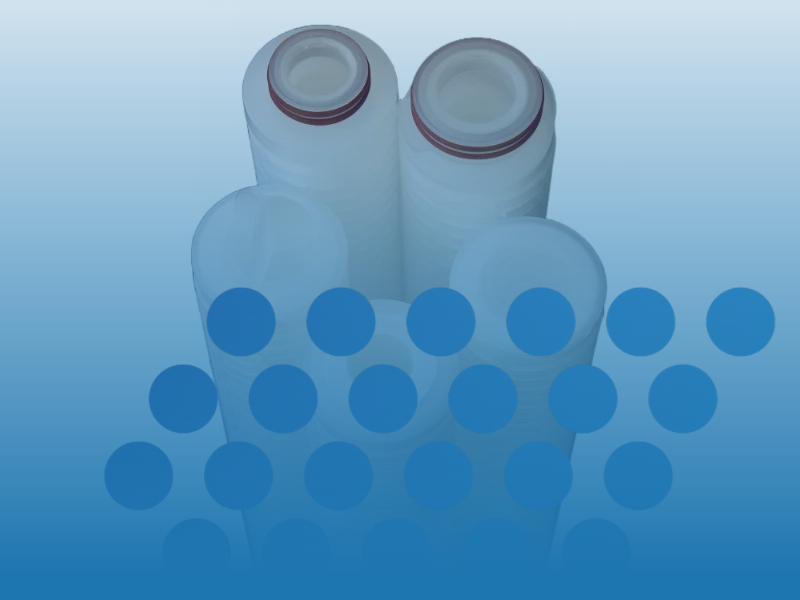Activated Carbon Filtration – Your Questions Answered
What is the purpose of activated carbon (AC) filters?
They remove residual disinfectants, such as chlorine and organic compounds, from water supplies to improve the taste and reduce possible health risks. Removing disinfectants will also protect further downstream purification equipment, including reverse osmosis, from reduced overall service life and the need for frequent cleaning procedures.
How do activated carbon filters work?
Two processes are at play. First, the catalytic reaction removes residual disinfectants. Next, a chemical reaction occurs between the liquid and the AC filter’s surface, allowing the transfer of electrons to any residual disinfectants forming a non-oxidative ion on contact. The second process is adsorption. Activated carbon, a member of the graphite family, has a highly porous imperfect structure that gives it a vast surface area-to-weight ratio. This characteristic enables it to adsorb a broad range of chemicals and organic compounds from liquids it meets.
Are there many distinct types of activated carbon?
There are hundreds of activated carbon variants because of the many different starting materials (coal, wood, coconut shells, etc.) and the slightly different ways to perform the activation process. However, generally, there are three main classifications:
- Granular AC – includes irregularly shaped particles used in liquid and gas applications
- Powdered AC – a pulverised variant that is small and mainly used with liquids
- Extruded AC – a cylindrical or extruded variant that, due to its improved physical properties, makes it useful in gaseous applications.
How long does a carbon filter last?
This is a difficult question to answer as it depends on whether the filter has been sized correctly in the first place. Systems should be designed so that the flux rate is 3.8 litres/min per 10” carbon module. If sized at these flux rates, a system should have a service life of 3 to 6 months. The longer the liquid is in contact with the activated carbon filter (i.e., the lower the liquid flux rate), the more productive the removal of residual disinfectants and organic compounds.
What factors influence the service life of a carbon filter in water filtration?
- Water quality – This can be seasonal. For example, heavy rainfall can cause the levels of organic compounds to increase markedly with a consequent loss in service life.
- Location – Water quality and contamination depend on the source. The source depends on your site and the geology that the waters flow over or through. If the water source is an aquifer, then the water will be of a higher quality than water from a surface source, such as a river, lake or borehole. Carbon filters used with the former water source will have a far greater service life than those used with the latter.
Carbon filters are essential to purify liquids when used with understanding and knowledge.
Watch the video HERE.
PoreFiltration – Making your filtration systems work harder





